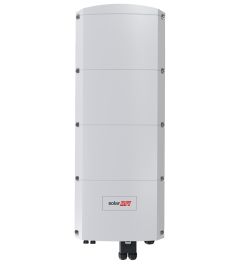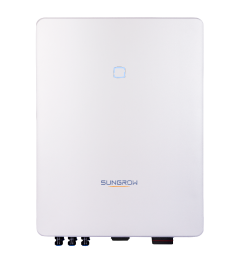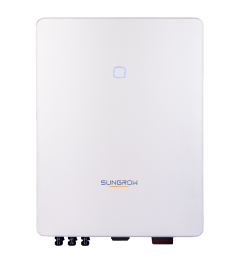3 Phase inverters
The choice between 1 phase inverters or 3 phase inverters depends on several factors, including the total capacity of the solar panel system, available connections and any future plans for energy management. By carefully considering these aspects, you as a technician can advise your customer on which inverter best suits their specific needs.
An inverter is a crucial component in any solar panel setup, converting the unusable direct current (DC) - generated by the solar panels - into alternating current (AC).
AC power is suitable for household appliances and other electrical equipment, and any surplus power generated can be fed back into the grid.
1 phase or 3 phase inverter?
There are roughly two types of inverters that can be distinguished: 1 phase and 3 phase inverters. Here are the main differences between the two types:
Difference in power supply: A 3 phase inverter feeds three phases of alternating current (three wires) and is more suitable for larger residential projects and commercial applications. Single-phase inverters feed a single phase (wire) of alternating current. This makes a single-phase inverter sufficient for small to medium-sized residential applications.
Efficiency and capacity: 3-phase inverters are suitable for larger projects as they can handle more current at the same time with three wires. 1 Phase inverters are suitable for smaller installations with power up to about 10 kW.
Balancing the system: A 3 phase inverter distributes the load across the phases more efficiently, ensuring a balanced system. Since a single-phase inverter feeds power through a single wire, it is more vulnerable at higher power ratings than a 3 phase inverter, which feeds power through three wires. Using a single wire can lead to an imbalance in the local power grid.
When 3 phase inverter?
Three-phase inverters are necessary for larger commercial and industrial solar projects, as you are dealing with significant power there. Although 3 phase inverters are significantly more expensive than 1 phase inverters, the operational benefits and efficiency can justify the cost in the long run.
Using a three-phase inverter requires a three-phase connection, which is usually only available in commercial or industrial environments. Three-phase inverters have more capabilities for advanced energy management functions, such as phase balancing and peak smoothing (peak shaving).
Buy three-phase inverters from ESTG
ESTG is a wholesaler of solar panels and other durable electrical items such as inverters, EV chargers, solar batteries and thermal heating. With a wide range of A-brands, ESTG supplies installers across Europe.
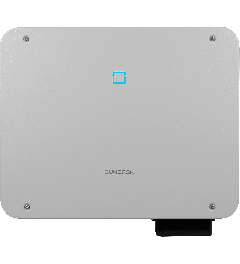
Sungrow
Sungrow 3PH Inverter 50kW (SG50CX-P2)
3 phase, 50kW, 4 MPPT, IP66, support AFCI 2.0 function

Growatt
Growatt Hybrid Inverter 3PH MOD 6000TL3-XH(BP)
3 phase, 6.6kW, 2 MPPT, IP65, back-up function
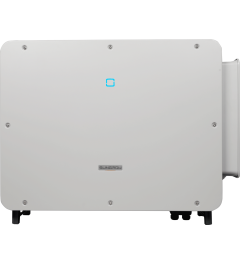
Sungrow
Sungrow 3PH Inverter 125kW (SG125HX-V11)
3PH, 125kW, 12 MPPT, AFCI, DC SPD I + II, AC SPD II

SolarEdge
SolarEdge 3PH Inverter with Synergy Technology, Manager, 100kW, MC4 connectors, DC Safety Switch and DC SPD, Fuses
3 phase, 100kW, 4 MPPT, IP65

FOX ESS
FoxESS 3PH Hybrid Inverter H3-8.0-E (with WiFi&EPS)
3 phase, 8kW, 2 MPPT, IP65, Hybrid, smart meter, WiFi
















